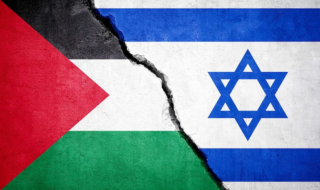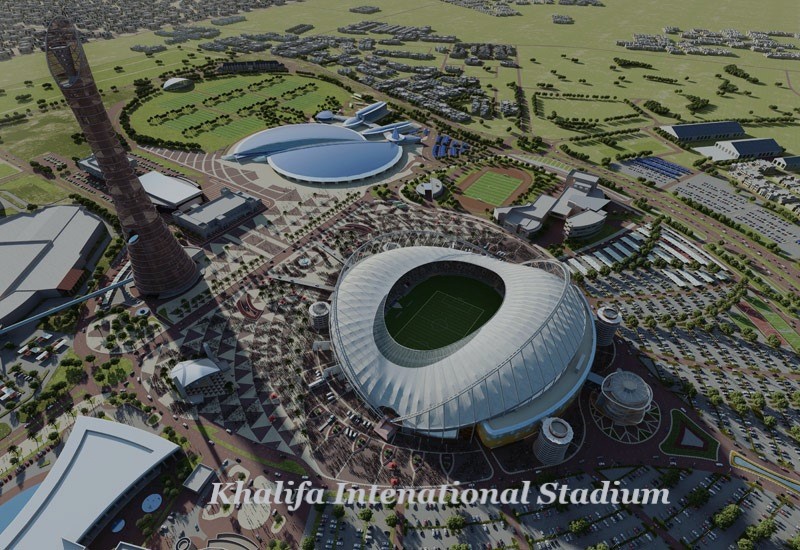
The next FIFA World Cup is due in Qatar, which has drawn attention to this country in the Middle East. Indeed, when the country won the bid in 2010, many football fans were shell-shocked, doubting the future of football in a world where economic powers looked to dominate.
The many fans’ skepticism, pessimism, and doubts about its capability to host football’s most prestigious competition appear to have been put to bed by the Gulf State.
Qatar’s preparations ahead of the august occasion have driven the conversation to the possibility of their team getting far in the World Cup.
Preparations are underway with the hosting stadia at various stages of completion. The facilities are eco-friendly structures of a high standard with robust technology, set to boost the games on all fronts. Suffice to say, travelling fans are in for an impressive treat.
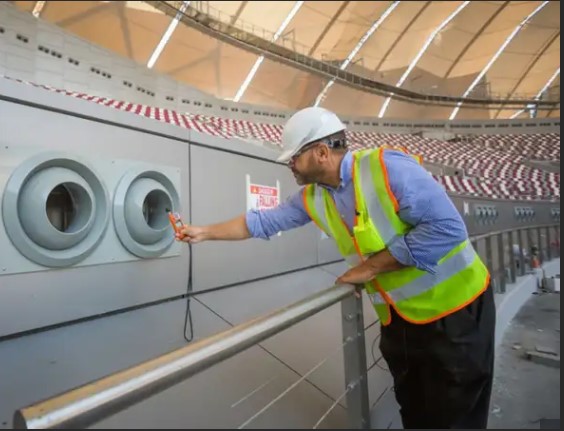
The country’s football and organizing officials insist the number of stadia will be within eight to twelve as others could play a peripheral role. In addition, Qatar is showing the world its prowess in technology, which sets a bar for the next hosting nation. The advanced cooling technology that offers temperature regulation for fans and footballers is touted to be one of the best innovations unearthed for football.
GCBM assesses five of the state-of-art stadium structures, which are set to regale lovers of the game two years from now;
Lusail Iconic Stadium, Lusail

With over 86,250 seating capacity, it is the largest of them all. In addition, the Iconic Stadium is due to host both opening and closing games of the competition, a considerable honor very few stadia across the world have been graced with. The circular base structure is surrounded by a reflective pool of water, with comprehensive courses from the ‘moat’ linking it to a hotel and other facilities within the stadium perimeter.
VIP and hospitality accommodations are built along the turf to provide a massive view of fans behind the goals.
Al Bayt Stadium
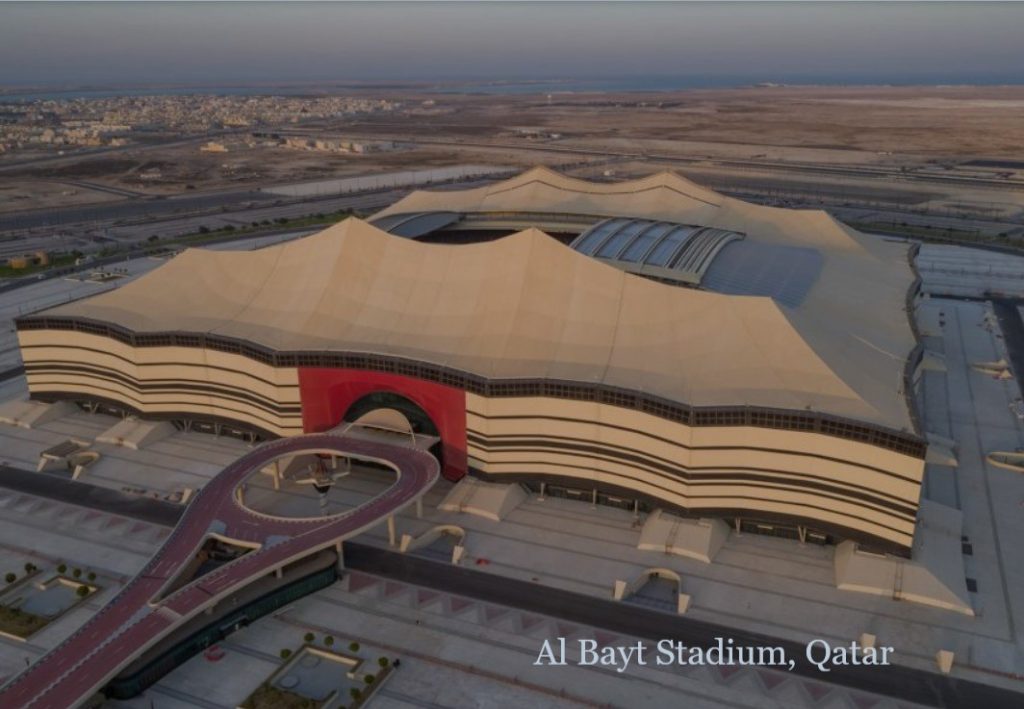
The Al Bayt Stadium highlights the rich culture of the Qatari people. The 60,000 seater takes a seashell shape, creating a covering for spectators within the stadium. It is connected to several transport systems by road and water, capable of managing thousands of vehicles heading either towards or away from the establishment.
Al Rayyan Stadium
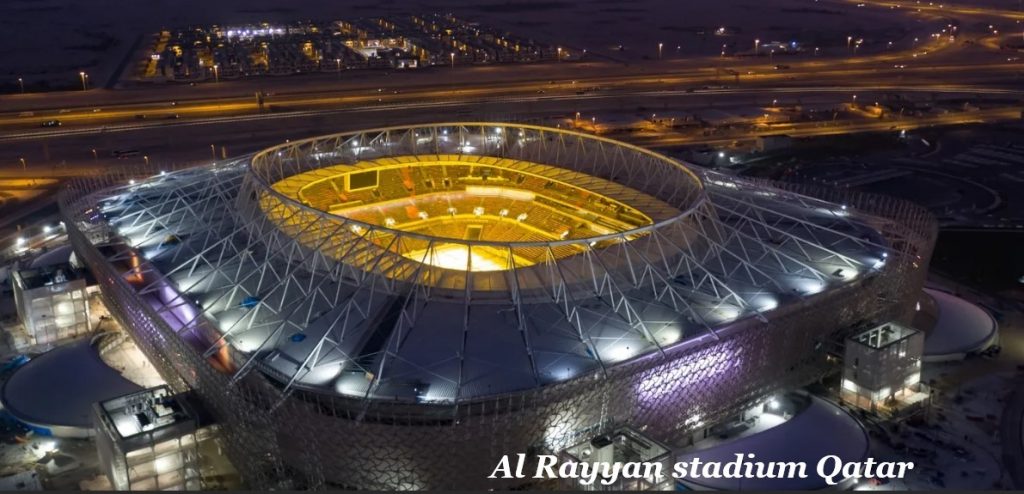
The multi-purpose stadium is one of the few renovated and expanded for the FIFA World Cup. With an initial capacity of about 21,200, it is expected to accommodate more than twice that original number of its capacity. In addition, the formerly known Ahmed Bin Ali Stadium includes an ultra-modern media façade with a membrane that allows for screen projections, news updates, tournament information, and commercials for spectators. Construction was jointly done by Al-Balagh and L&T
Al Wakra Stadium
The Al Wakrah Stadium boasts a striking view, particularly in the interior section. It can accommodate about 40,000 fans. Designers of the structure indicate that the architecture was inspired by the sails of traditional Dhow boats, used by pearl divers from the region, weaving through currents of the Persian Gulf.
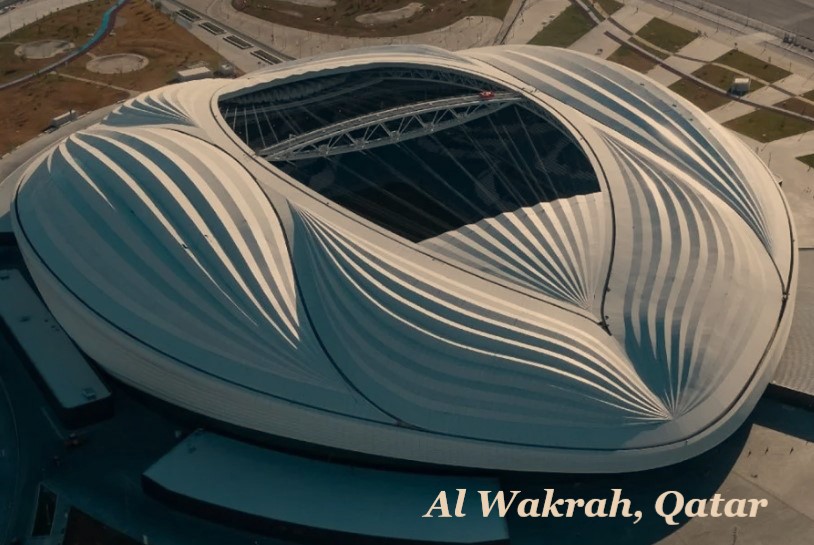
The facility boasts a multi-purpose room with pools and spas and a shopping center. The Entrance to the stadium is built on a wooden square.
After the World Cup, organizing officials say about half of the seating will be donated to developing countries needing sporting infrastructure.
Khalifa International Stadium
Named after Khalifa Bin Hamad Al Thani, a country’s former leader, the multi-purpose is located in Doha’s capital, as part of the Doha Sports City Complex.

It was the first venue to be completed ahead of the sports festival. As a result, it is also the first stadium to receive a four-star rating from the Global Sustainability Assessment System (GSAS).
It was first constructed in 1976 but has undergone numerous upgrades to date. Indeed, it is not new in the business of hosting sporting events. It hosted the Qatar Athletic Super Grand Prix and the 2006 Asian Games. The Khalifa Stadium also hosted the 2011 AFC Asian Cup. The 40,000 seater stadium is the official home of the Qatari National Football Team
Impact
The Gulf Country is expected to see a mammoth rise in the number of tourists as it is the first Arab and Muslim-majority country ever to host the highly rated occasion. World Cup hosts usually experience a remarkable surge in their tourist figures. A senior fellow at the Moscow State University Sports Management indicated that Russia earned $12.7bn from the competition in 2018.
Transport patronage, paraphernalia sales, and other essentials will undoubtedly boost the local economy.
The 2022 World Cup will leave a good impression of Qatar on football lovers around the world, and while winning the World Cup might be a long shot, preparations have been the part where Qatar will indeed deserve a gold medal.
GCBM Feature







